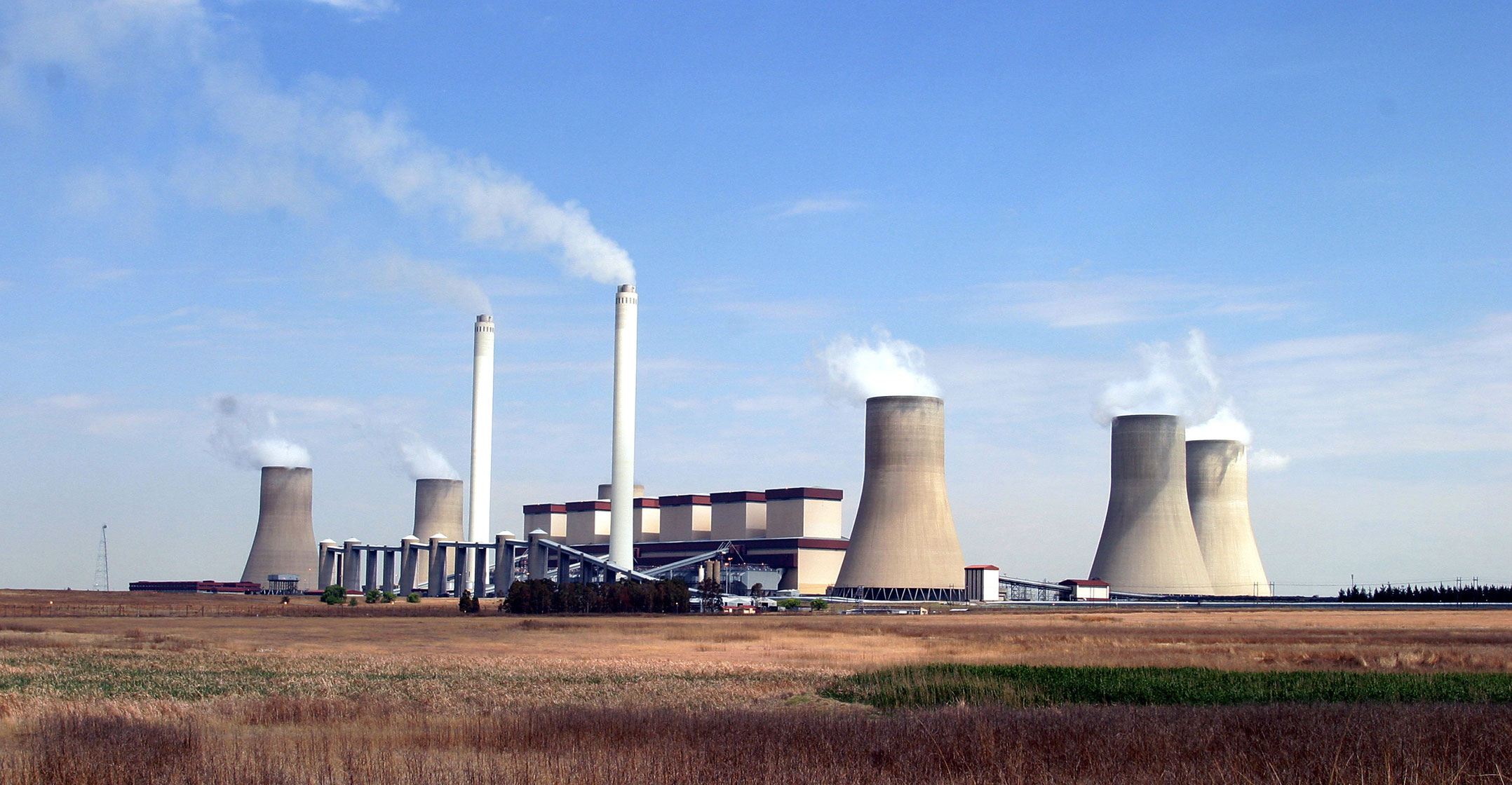 South Africa, the world’s 13th biggest source of greenhouse gases, will need to spend US$250-billion (almost R4-trillion) over the next three decades closing down its coal-fired power plants and replacing them with green energy, according to a study.
South Africa, the world’s 13th biggest source of greenhouse gases, will need to spend US$250-billion (almost R4-trillion) over the next three decades closing down its coal-fired power plants and replacing them with green energy, according to a study.
In addition to closing down the country’s coal-fired plants and building wind and solar power plants, money will need to be spent compensating coal-dependent communities whose livelihoods are threatened by the change, The Blended Finance Taskforce and the Centre for Sustainability Transitions at Stellenbosch University said. Most of the money will need to come from the private sector, according to the study.
The estimate comes as South Africa, which relies on coal for more than 80% of its electricity, is in the process of negotiating $8.5-billion in climate grants and concessional loans with some of the world’s richest nations. The potential deal, announced at last year’s Cop26 climate summit in Glasgow, envisages South Africa retiring some of its coal-fired power plants.
“The $8.5-billion pledge can be a catalyst to unlock this $25-billion,” researchers said in the study released on Thursday. “It should offer the global blueprint for transition finance.”
The deal, some details of which are expected before the Cop27 climate summit in Egypt later this year, is being negotiated between South Africa and a group consisting of the US, UK, France, Germany and the European Union.
With its ageing coal-fired power infrastructure, much of which is nearing the end of its design life, and an economy heavily dependent on the dirtiest fossil fuel, South Africa is regarded as an ideal nation with which to forge an energy transition deal that could be mirrored in talks with other nations. Vietnam, Indonesia and India are seen as countries that could start similar talks.
Coal accounts for more than 5% of South Africa’s GDP and the coal industry employs 125 000 people, each with between three and 10 dependents.
5GW/year
Under the plan presented in the study, the country would need to install 5GW of renewable energy capacity annually until 2050. That would create 5 000 jobs a year over the next decade in construction, operation and maintenance of the plants, the researchers said.
South Africa is “home to some of the best solar and wind resources globally, offering economic opportunities through an accelerated energy transition”, the researchers said.
The researchers envision expenditure over 30 years as follows:
- $125-billion on 150GW of solar and wind power plants;
- $18-billion on 33GW of battery storage;
- $8-billion on 5GW of pumped hydro storage;
- $18-billion on 30GW of natural gas-fired power generation;
- $50-billion on improving the power transmission and distribution networks;
- $24-billion to close the coal-fired power plants owned by Eskom by 2040; and
- $10-billion to compensate affected coal workers and to rehabilitate the environment at idled coal mines.
Financing for the programme will need to come from the private sector in both South Africa and the rest of the world, the researchers said.
Government-linked institutions such as the Public Investment Corp, which oversees R2.3-trillion of mainly government worker pensions, the Development Bank of Southern Africa and the Industrial Development Corp, should play a role the researchers said.
“The majority of the $250-billion needed for South Africa’s Just Energy Transition can be funded by private finance investing into scaling renewables and other enabling infrastructure,” the researchers said. “About a third of the funding will be needed from capital providers with a mandate that is not entirely commercial” to support the social costs of the transition. — (c) 2022 Bloomberg LP




